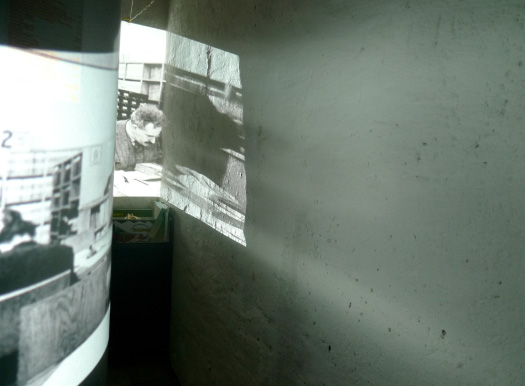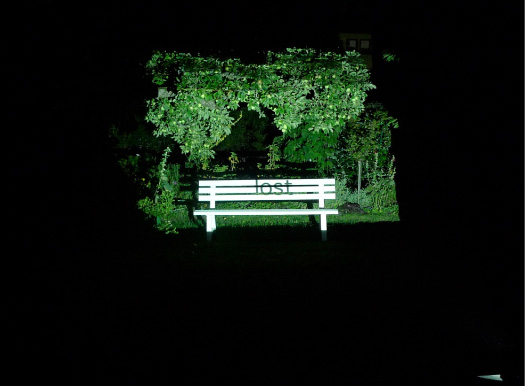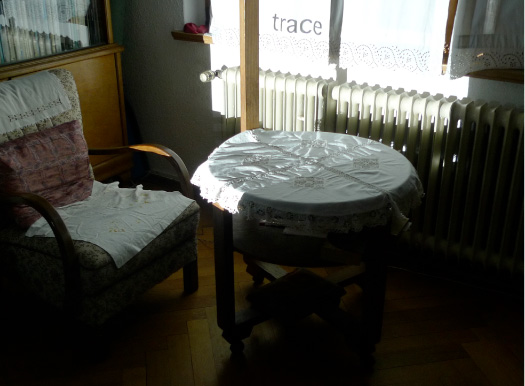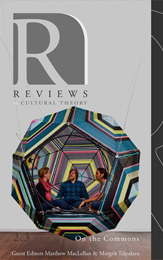
It’s no small conceit when you read Walter Benjamin’s diary on his meetings with Brecht and recognize yourself.
But that is exactly what happened to me waiting for the eleventh month for my visa to the UK to come through and looking for another project to fill my time, that I found myself in Elske’s family home in Halle. This was a space that weirdly combined everywhere and nowhere. For E, it was the home she grew up in, where her mother had grown up. For me, sitting in the lovely garden under the apple tree drinking my coffee while white butterflies flew around, it was a blank slate to project upon. It made me think of the lovely gardens I imagined Adorno ensconced in, chatting with Gretel, writing his brutal rejections of each draft of Benjamin’s 1935 Exposé.

So I looked for the letters, and found, of course, that I was wrong. It was Benjamin, who had sat in Brecht’s garden in Denmark, reading his volume of Capital, that I remembered. And to me, this jogged, nudged over memory called attention to the tools with which the circuitry of misunderstanding operated – the segue, the false start, the transmission of translation – that breathe life into failures of communication. What flashes of impunity allow for someone to imagine all the more into a space that is already full of memory and history? To me, that was the heart of the matter. No space is neutral, but when E and I decided to do a series of projects in this house, it seemed the only ethical way to start was at that moment when my fantasy colonized the space, and my memory failed to find the right referent; to make something of the imposition of my fantasy on E’s home and all the resistances and complicities that its history offered.
What happens when the goal of collaboration is not to find a third voice, but rather to call attention to the uncomfortable incursions, invasions, and impositions that go along with the good faith and excitement of shared ideas and common space? What if we just never found the democracy of a middle ground and left things as they were?
Benjamin once famously said, “to live means to leave traces” (155). If you read his diary entries on his visits with Brecht, you find the portrait of a man who is watching the catastrophe of the world falling to the right. This portrait is drawn with the clarity and remove of someone in all the trappings of bourgeois exile, in the expansive space of a beautiful garden, and with the wealth of time to work. Yet this is a portrait of one who is in no space and is in the hellishness of evacuated time. And in the negative space at the edge of this picture, is another of Benjamin, the portrait-maker.
In What Color is the Sacred? Michael Taussig writes about how, when in Ibiza in the summers of 1932 and 1933, Benjamin and the French painter Jean Selz started collaborating on a project. Selz was to translate Benjamin’s childhood memoirs in Berlin from German to French, even though Selz spoke no German at all. To Benjamin, the results were “nearly always outstanding” (qtd. in Taussig 69). This is a kind of ventriloquism in which the recalcitrance of the threshold between languages speaks for the failure of translation to bring across its cargo of meaning from one language to another. A moment of failure that, when called attention to, becomes a marker of the transmission, the sending across of a ‘something else.’




Works Cited
Benjamin, Walter. “Paris Capital of the Nineteenth Century.” Reflections: Essays, Aphorisms, Autobiographical Writing. Trans. Edmund Jephcott. New York: Schocken Books, 1986. Print.
Taussig, Michael. What Color is the Sacred? Chicago: University of Chicago Press, 2009. Print.
